Making the Case for the Role of Objective Data in the Subjective World of Emotional-RegulationBy Hanna Bogen, M.S., CCC-SLP Emotional-regulation is inherently subjective: my emotions are mine and mine alone. You may agree or disagree with how I should feel, though you can no more control emotions than the weather. When it comes to emotional-regulation, the goal is all about regulating the way you respond (i.e., behave), despite how you may be feeling, in order to meet the demands of the situation. If the emotions we feel are out of our conscious control, it follows that asking a child to control his/her emotions is a recipe for failure, anxiety, frustration, and disillusionment. The focus, then, must shift to improving intentional, mindful, conscious control over behavioral responses in the midst of strong emotions. For many individuals, increased activity in the limbic, emotional brain is mirrored by decreased engagement of the cortical, thinking brain. In other words, stronger emotions = less critical thinking and more impulsive reacting. The challenge with emotional-regulation is that however aware you might be that a situation demands certain calm and collected behaviors, parts of the logical brain want to justify the experiences of the emotional brain. This is why we feel so good and justified (in the moment) when we yell at someone who has said something that triggers a strong, angry emotion. No one likes being told to “calm down” or “take a deep breath” at the height of experiencing a dysregulating emotion (however helpful those suggestions might be). In fact, for many children, the feeling of invalidation that comes with being told to “calm down” ultimately triggers greater emotional dysregulation. Kids, especially those who tend towards the impulsive side of the spectrum, are at a developmental disadvantage when it comes to emotional-regulation; the maturity and brain development that comes with reaching adulthood helps to create a bank of personal experience, world knowledge, and anticipation of future consequences that makes it easier to pause one’s initial reactions in order to devise a more useful response during emotionally triggering situations. While we, as adults, might have great regulation advice for a triggered child, the state of dysregulation can make it impossible for him/her to hear and process the advice. The subjective nature of emotions makes for rocky regulation-coaching terrain. So what’s the solution? Turn a subjective process into what feels like a data-driven, objective process! Words and advice may feel biased, but numbers don’t lie. The Charting Re-Regulation worksheet is a simple way to help a child objectively see his/her patterns of regulation, and how long it typically takes to go from “super triggered” to “re-regulated.” Here’s how it works: Step 1: Note the triggering situation and emotion(s) being felt (if this is too triggering in the moment, save this step until later). Step 2: Mark the intensity of the emotion(s)…
Step 4 (optional): Record what tools/strategies you used at each phase of re-regulation. In other words, what helped at the 80%-100% range? What helped at the 60%-80% range? What helped at the 30%-60% range? Identifying helpful strategies provides a bank of regulating tools for future triggering situations. Fill out a new worksheet for each of five or more triggering situations in order to have enough data to determine a pattern for how long it typically takes to feel re-regulated. Three minutes? Eight minutes? What children can glean from their own data is the time frame they need to fill with regulating tools before they can expect to feel calm. An average of three to four minutes in the 80%-100% zone might mean a quick labeling of the emotion(s) with three to four minutes of a distracting brain break (i.e., Daniel Siegel’s Connect and Redirect strategy). Does the re-regulation go pretty fast once the child is below the 80% mark? That might mean that he/she needs some quick, simple sensory and/or mindfulness tools to take up the remaining few minutes in the countdown to calm. Does re-regulation tend to take longer? Strategies like a reading or drawing break might be a better fit for a child who needs more time to truly return to a calm, regulated state. In the examples included here, the child tends to remain highly dysregulated (80%-100% intensity) for two to three minutes across all situations. He reaches a re-regulated state (30% intensity or below) after six to seven minutes. Using the data he generated and collected, we collaboratively determined that an adult should wait at least seven minutes following a triggering situation to talk with him about what went wrong or how things could have been handled differently. In the meantime, he could pull from his bank of previously useful strategies to remain safe and mindful during the re-regulation process. After seven(ish) minutes, his thinking brain was more engaged and he felt ready to strategize with a peer or adult. How else can charting re-regulating be beneficial?
Know of other benefits? Share in the comments!
1 Comment
How is mindful awareness of now different from being stuck in a NOW Bubble?By Hanna Bogen, M.S., CCC-SLP and Carrie Lindemuth, M.Ed./ET “There are only two ways to time travel (that we know of): to look at the stars and to think with the front of your brain.” I heard this from a friend years ago while on a camping trip that offered some of the best stargazing I’d ever done. Although she was actually referencing a conversation about delayed light coming from the stars, this statement was the start of a deep fascination with the human brain’s ability to shift between awareness of the past, present and future. This phenomenon, known as mental time travel, encompasses our unique ability to use past experience, and future interest, to impact our decisions about present action. Mental time travel heavily involves the frontal lobe of the brain, especially the prefrontal cortex, and is at the crux of successful self-regulation. One’s ability to self-regulate is ultimately judged by how they act in the present moment. The integration of mental time travel into responding is dependent upon how well someone can expand his/her NOW Bubble long enough to self-assess his/her current state, past experiences, and future interests before acting.
Understanding the NOW Bubble In Brain Talk, the NOW Bubble is the immediate moment following a trigger or stimulus. In this moment, impulses are activated in order to drive action that seems most in line with the brain’s seek and/or avoid urges. For example, if someone cuts you off on the freeway, you may feel the impulse to yell out your car window in the NOW Bubble. For some, that impulse takes over and drives a reaction; they find themselves moving faster than the speed of thought. In this case, action is driven only by what would feel good right now; past experience and future interest are not considered. Understanding mindful awareness of now According to Jon Kabat-Zinn, mindfulness is open hearted, moment-to-moment, nonjudgmental awareness of now (i.e., the present moment). Mindful awareness of now involves observational, curious examination of present emotions, sensations, and thoughts. For example, mindful awareness of now following news about a promotion at work might involve nonjudgmental identification of your emotional state (e.g., elated, proud, excited), sensations (e.g., warm, energetic, heart racing), thoughts (e.g., “This is going to be such a great opportunity!”), and impulses (e.g., desire to celebrate, wanting to share news with friends). How do the now’s compare? Being stuck in your rigid NOW Bubble makes you a hostage to your present impulses rather than an empowered participant in the present experience. One of the goals of mindfulness is to “insert the pause” between stimulus and response to allow for choice in how to respond rather than feeling “along for the ride” with your reaction. When practicing mindful awareness, you remain in control of your engagement with the now as opposed to the now is controlling you. The more effectively you can mindfully observe the now, the more you can expand your NOW Bubble to incorporate past experience and future goals. In other words, you are less likely to react faster than the speed of thought. Often, one’s awareness of their present experience is rooted in his/her emotion(s) in the moment. Emotions are like the weather: you can’t control whether you have calm, gentle emotions or strong, stormy emotions. You can, however, control how you respond to your emotions. This is the core of emotional-regulation. Although you can’t control the forecast (emotional or weather forecast), you can engage mental time travel to sometimes predict your emotional experiences based on your past memories of a triggering situation. Acknowledging that similar triggers create similar emotional climates allows individuals, especially those with strong capacities for mental time travel, to anticipate how they might feel going into a situation. This creates a platform to proactively plan, practice, and master emotional coping strategies to help make uncomfortable situations a bit more comfortable. Without awareness of your emotional state, your reactions are driven by the intensity of the feelings. In a highly triggering situation, the limbic (i.e., emotional, survival) brain shuts down communication with cortical thinking areas of the brain. This occurs as part of the brain’s survival mechanism to avoid danger and seek opportunities. Staying alive in a threatening situation is more important than engaging in critical thinking. The problem with this survival safeguard is that not all situations that trigger a fear response are life threatening. Tests, public speaking, arguments with friends, schedule changes…while emotionally triggering, none of these lead to eminent demise. Obtaining potentially awesome opportunities before they disappear is critical for survival if you have limited access to resources. The problem with this survival safeguard is that not all opportunities that trigger your pleasure-and-reward circuit in the moment align with your ultimate goals in the future. In triggering situations like these, cortical shutdown prevents the brain from engaging in mental time travel to consider the past and future in order to manage the present. Mindful awareness of now allows you to be in a dynamic, aware, open, flexible cognitive “headspace.” The cortical thinking brain remains online, meaning you are able to access present awareness (i.e., “What do I notice right now?”), past experience (i.e., “What do I know from the past?”), and future thinking (i.e., goal identification, anticipating consequences, awareness of emotional and/or physical motivation), in order to choose: do I follow my impulse and react, or do I consider my options and respond? |
ArchivesCategories
All
|
||||||||||||

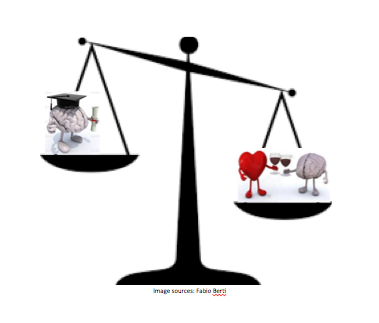
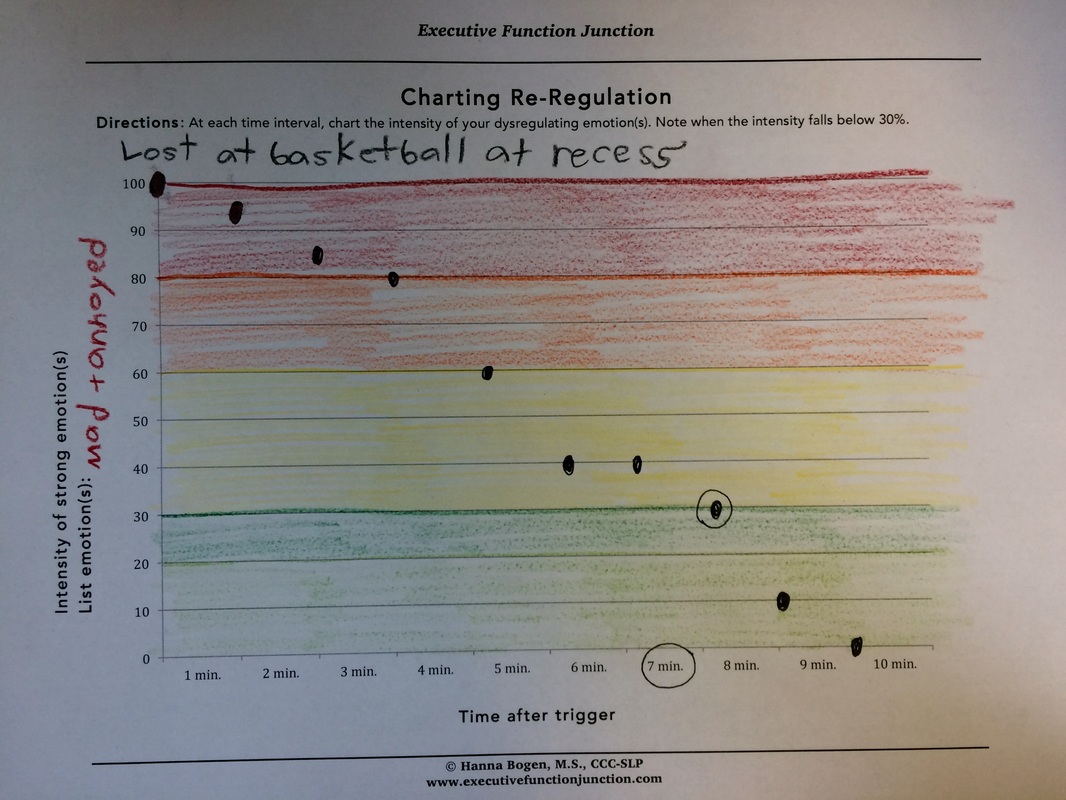
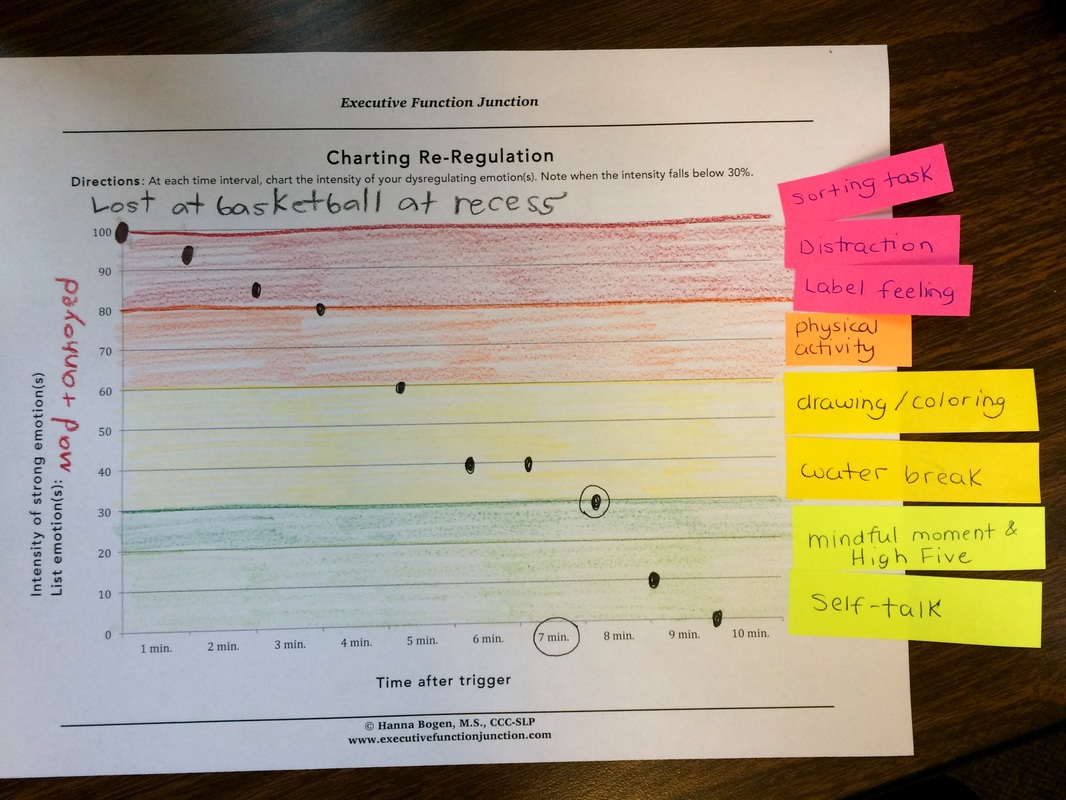
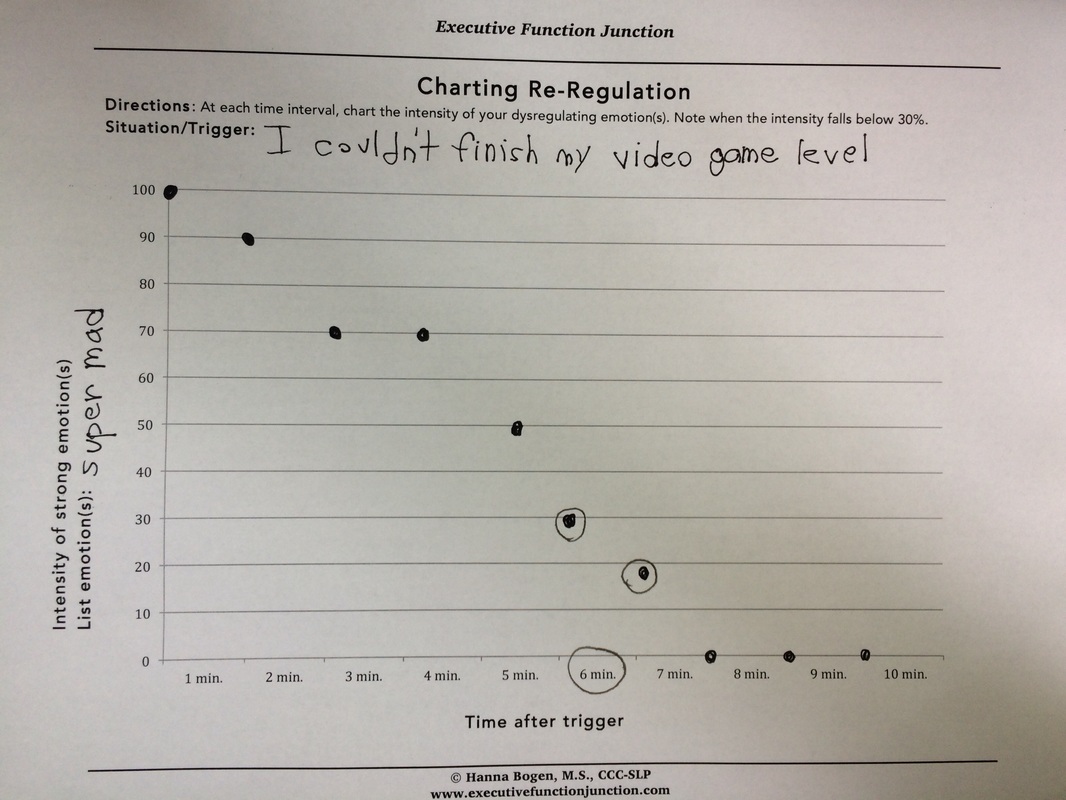
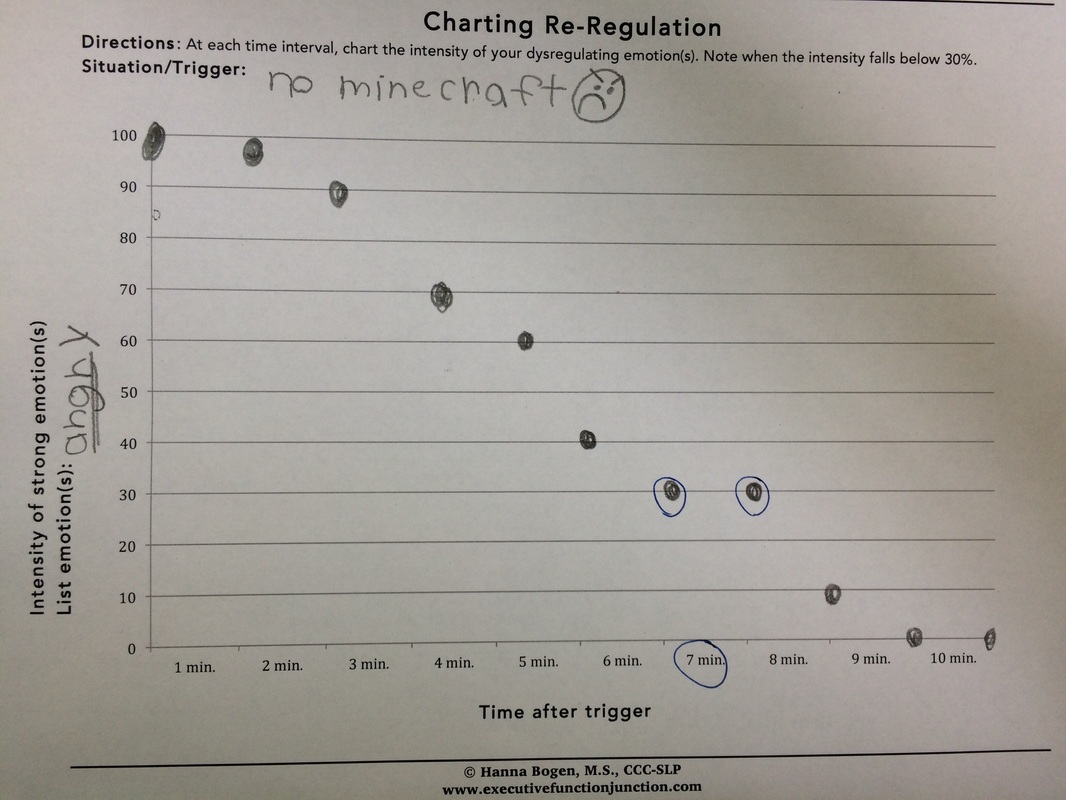
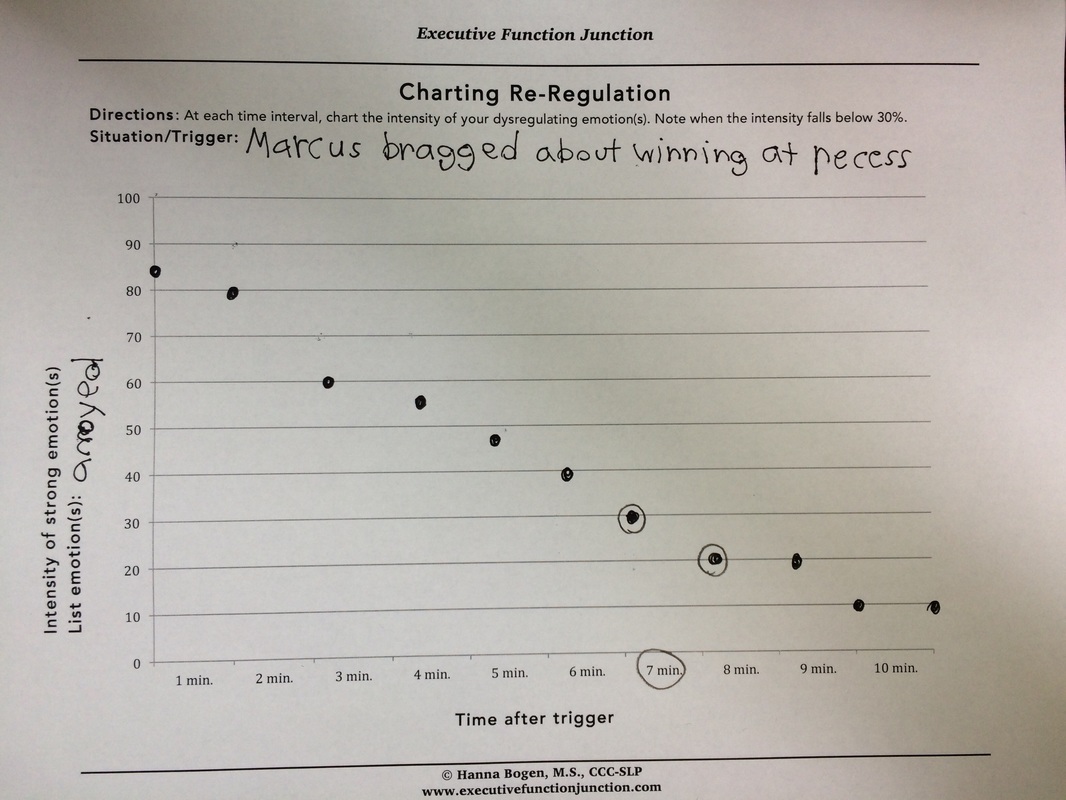
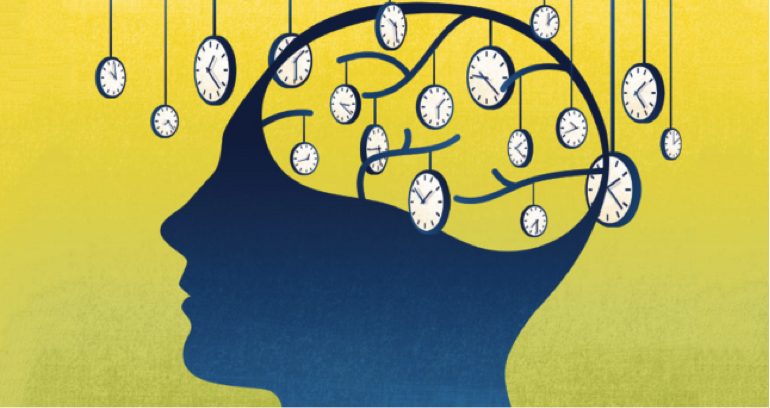
 RSS Feed
RSS Feed